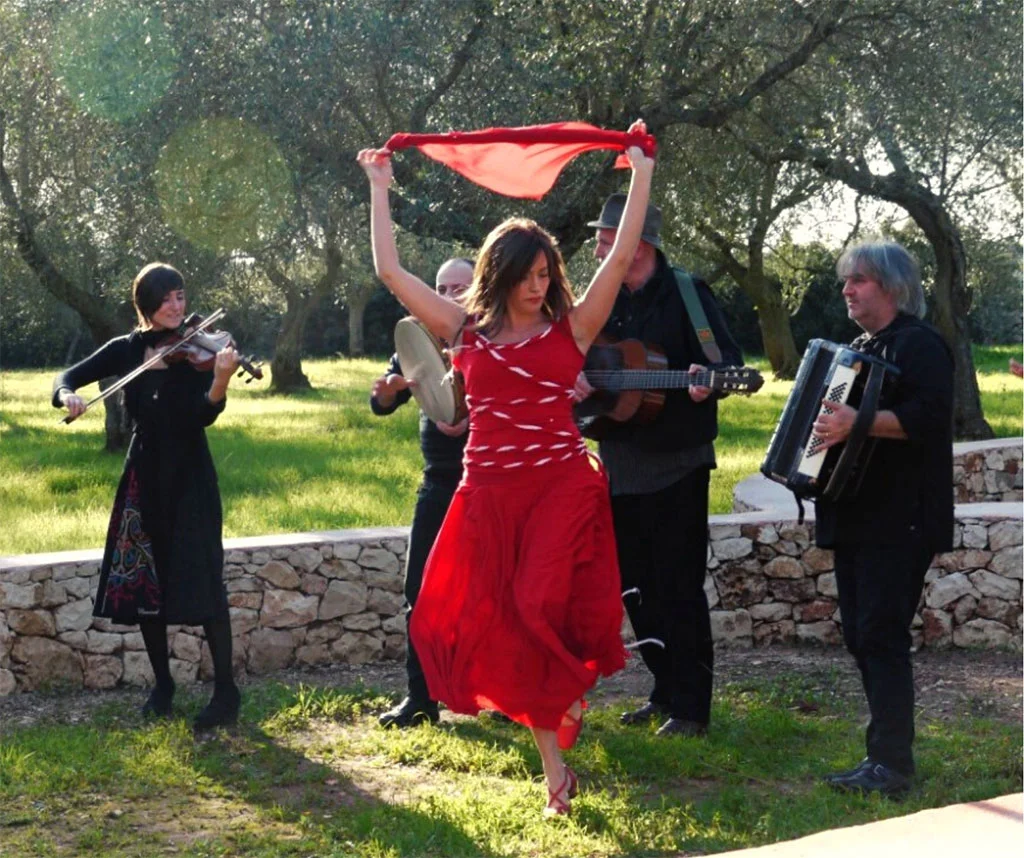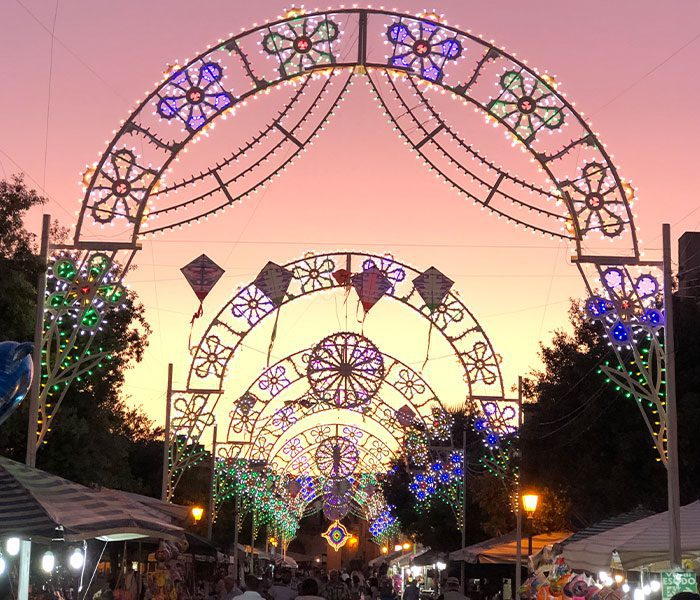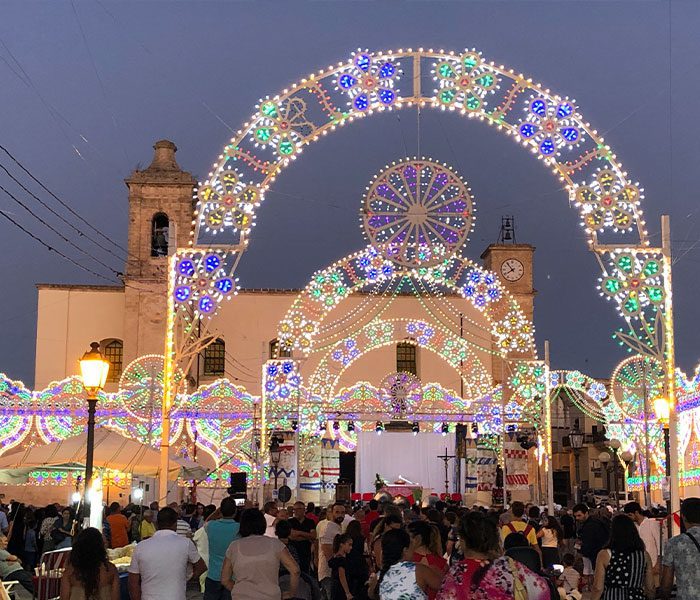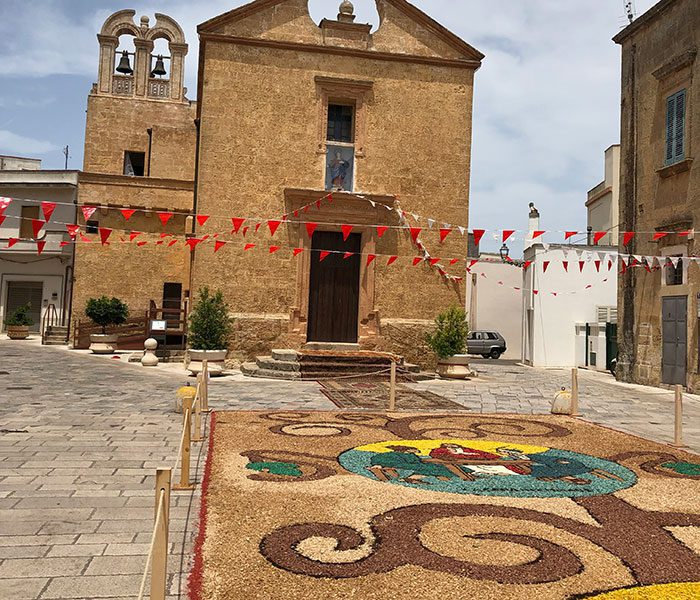EXPERIENCE SALENTO LIKE A LOCAL
Discover the beaches, villages and folklore of this magical land
paradise
Crystal clear waters beaches
Crystal clear waters, fine sand and enchanting bays: if you want to find paradise, just go to Salento. From the long stretches of golden sand of the Ionian coast, ideal for families with children due to its shallow water and the frequently calm sea, to the breathtaking beauty of the cliffs on the Adriatic coast, with the wonderful caves and coves that give access to a spectacular blue sea: the excellent position of Corte Cucciata allows you to experience all these views in a single day.
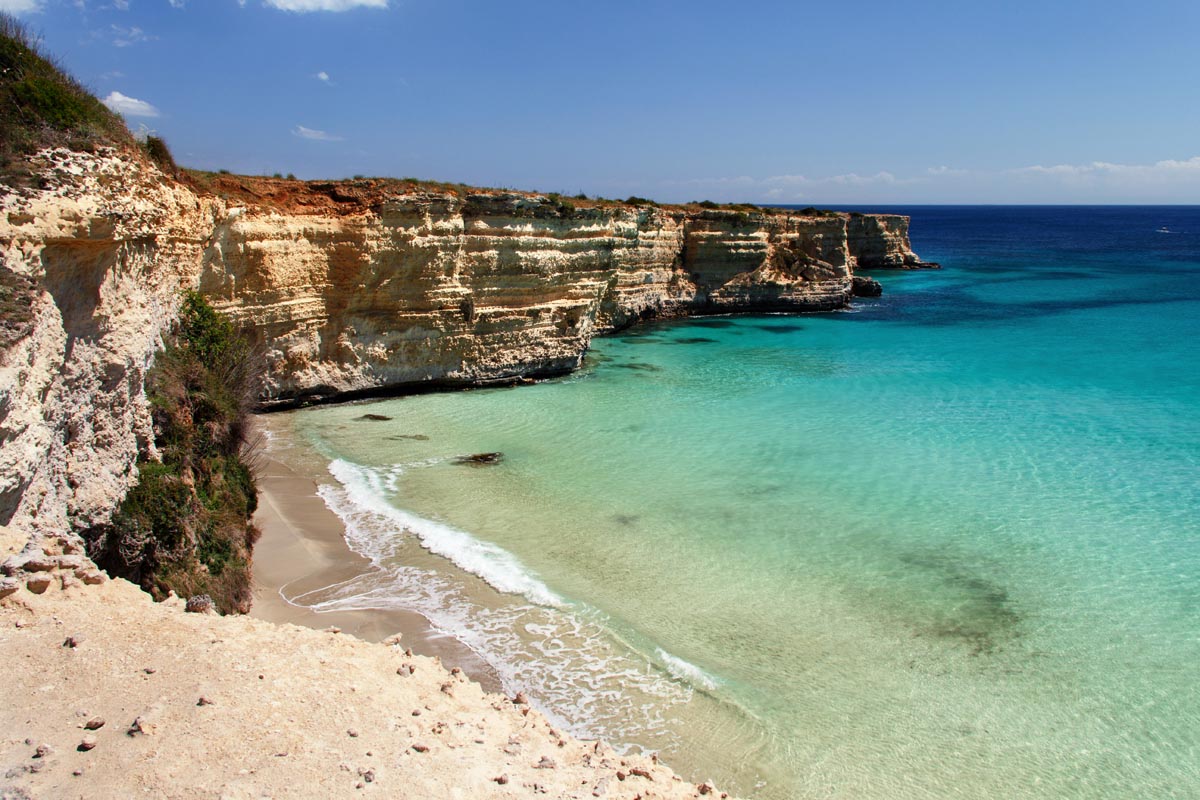
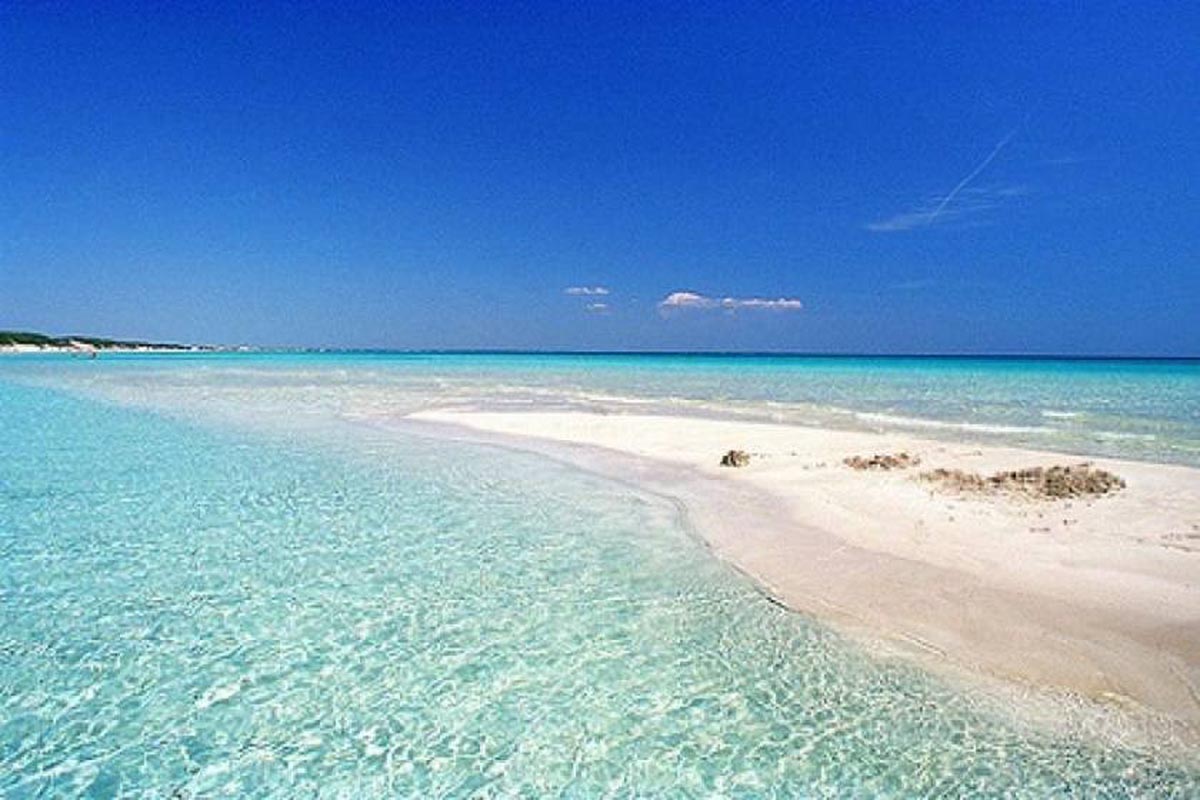
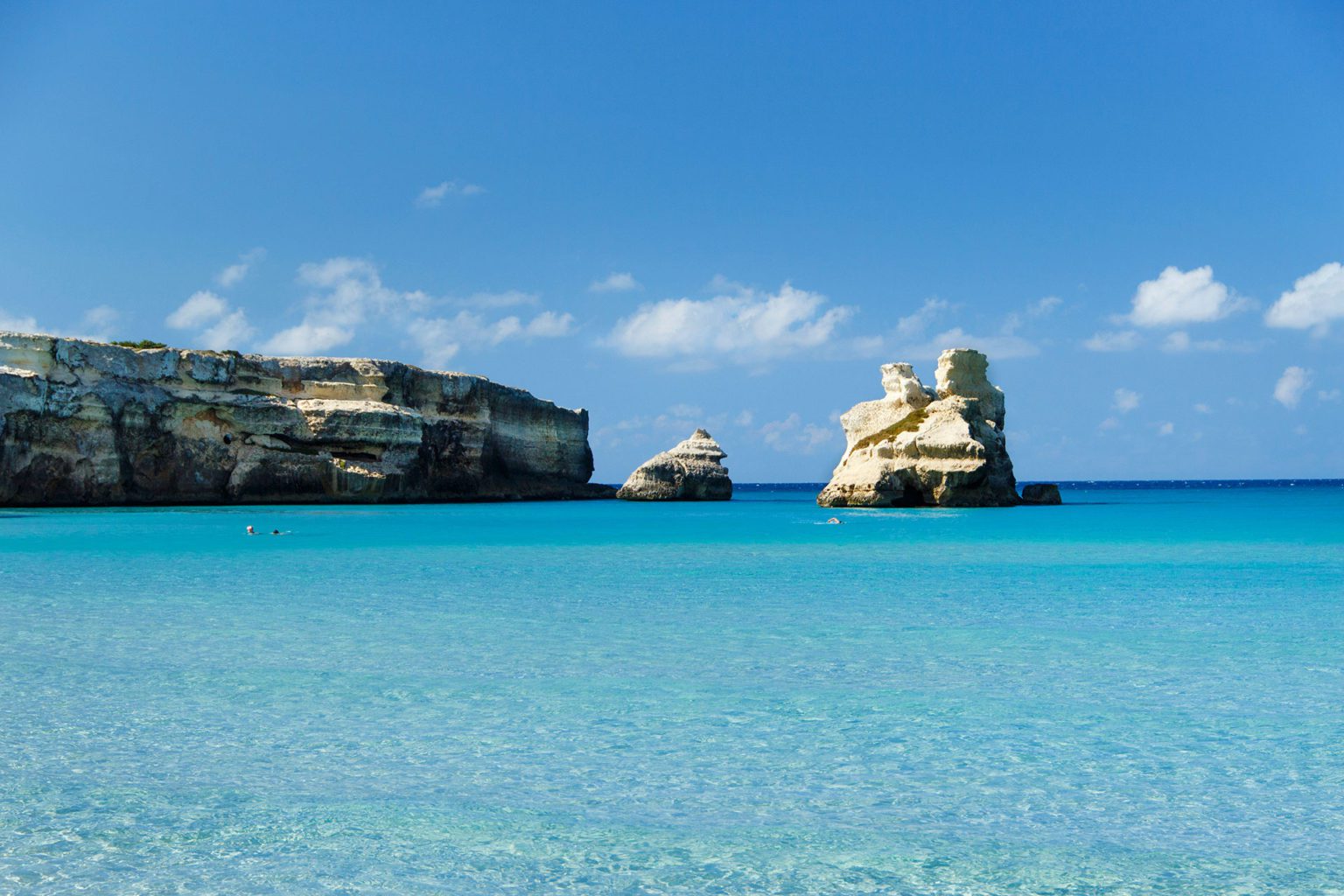
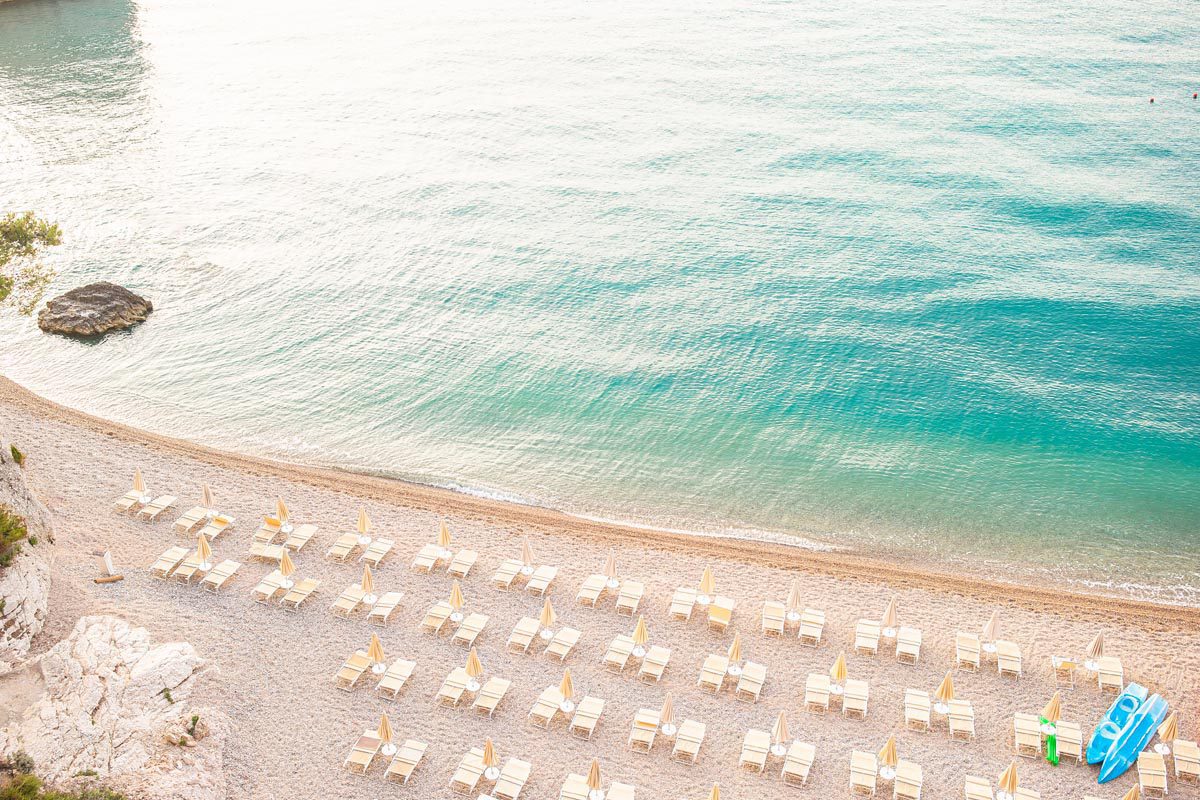
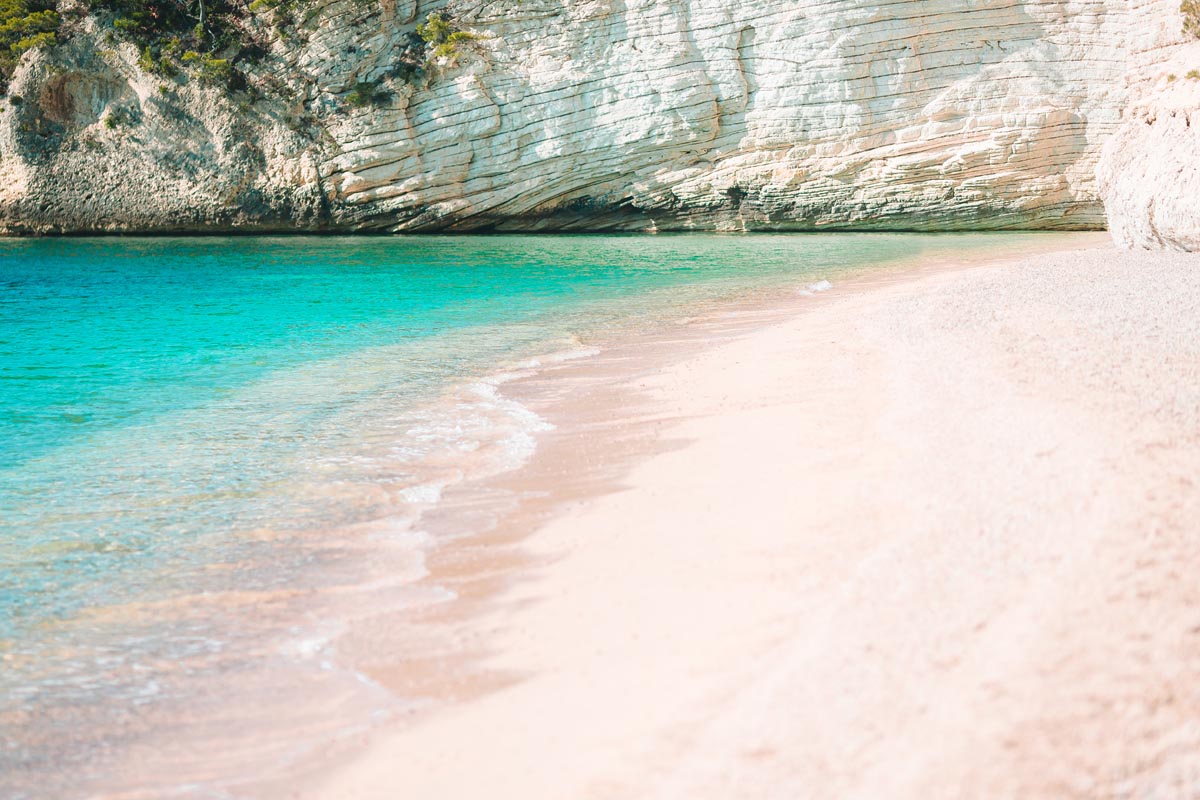
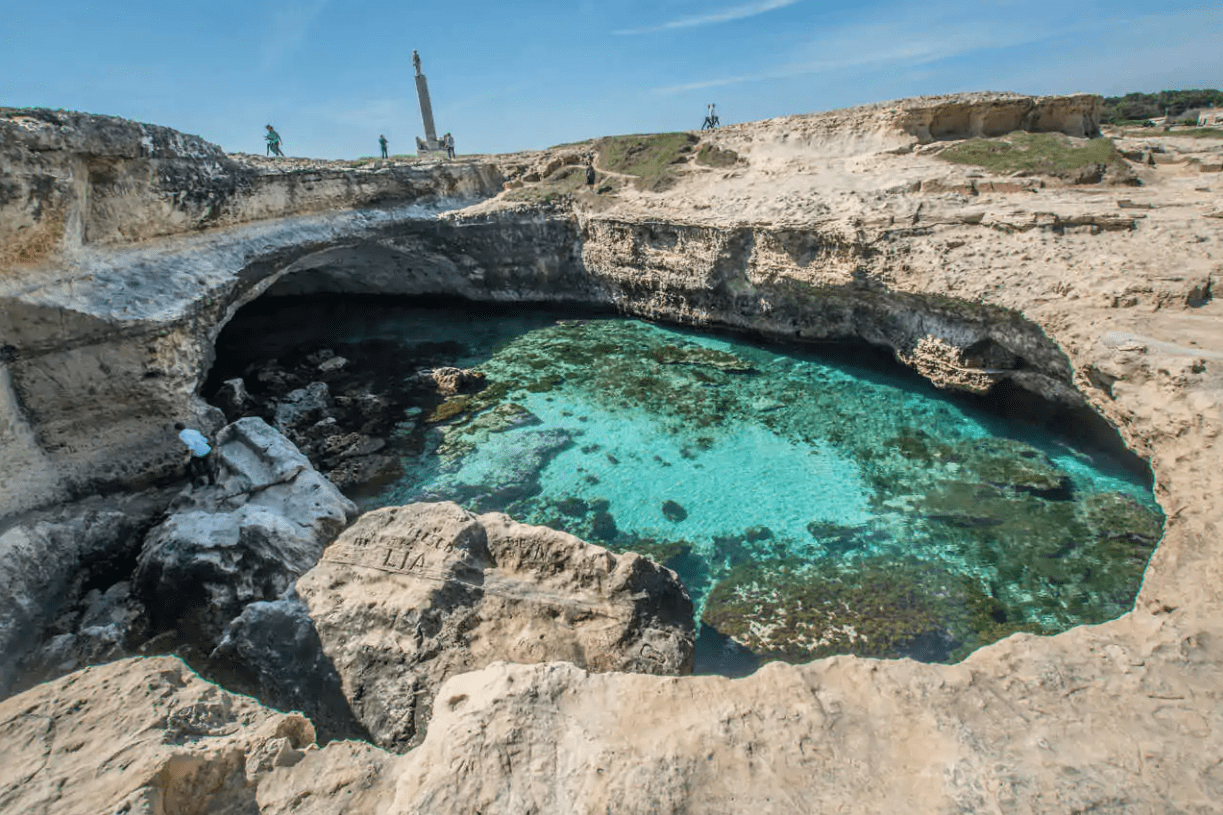
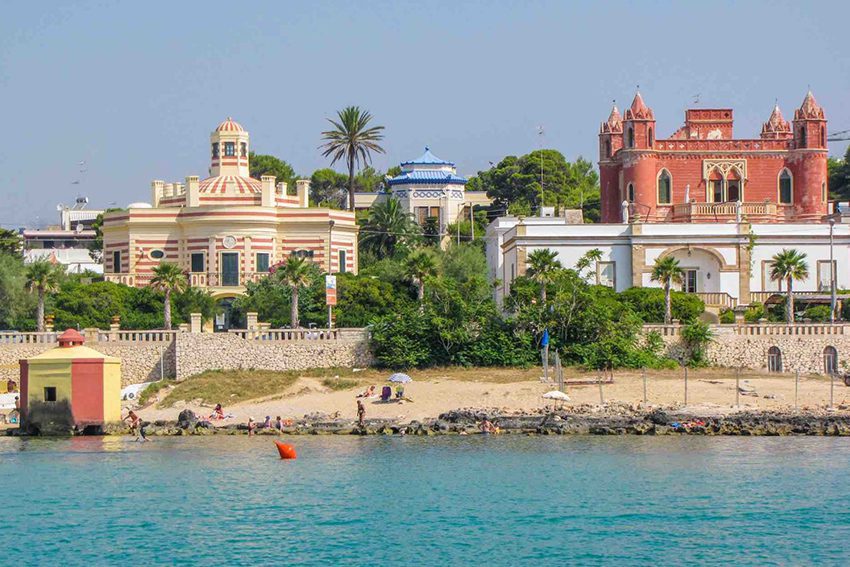

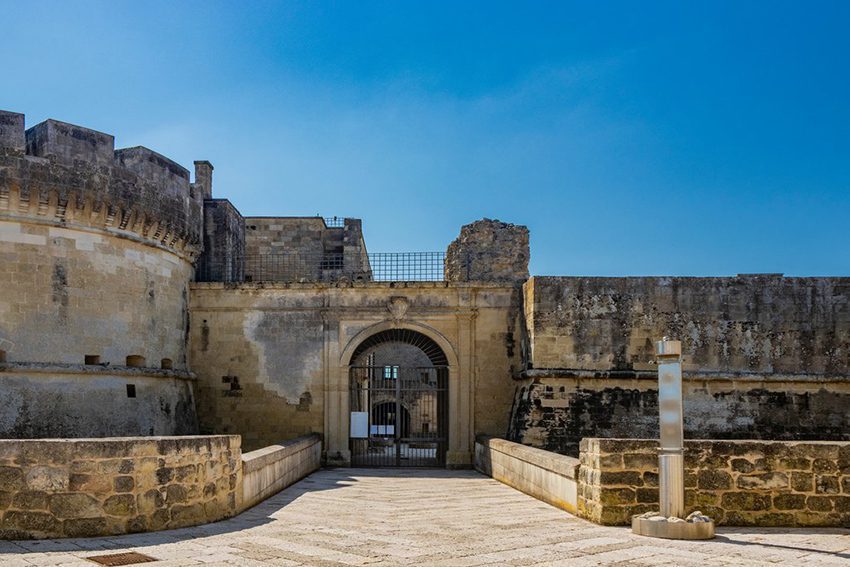
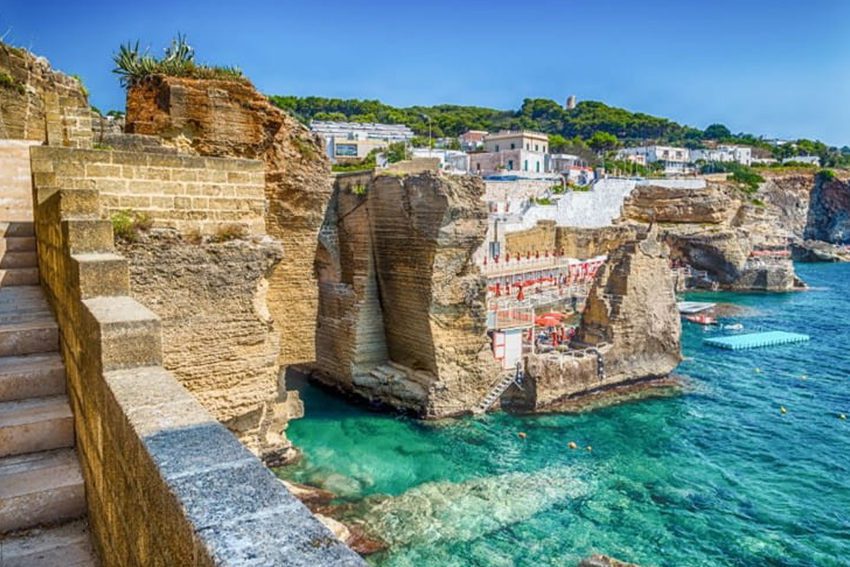
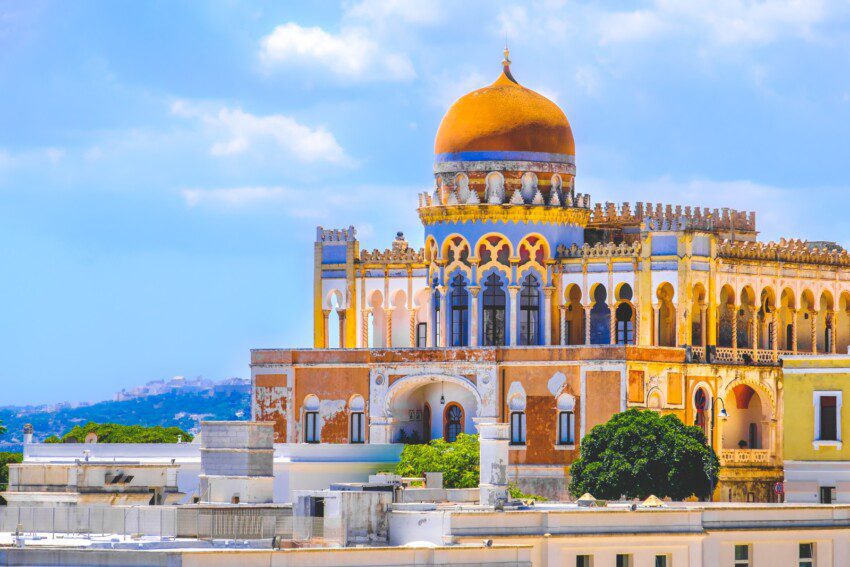
the hidden Apulia
Villages and Historical Centres
Next to the more touristy Puglia, with its beaches and oases known all over the world, there is a hidden but splendid Puglia to visit in all seasons: that of villages and historic centers, to be discovered slowly, staying in close contact with its inhabitants to enjoy a more authentic perspective on the region.
popular culture
Folklore and Traditions
The folklore and popular traditions of Salento are among the liveliest and most original of Puglia and Southern Italy. The strong Hellenic influence is expressed above all in popular music: in the songs, in fairy tales, in the tales of witches, nymphs and elves that populate the magical Salento countryside. A tradition that becomes pure spectacle, especially if one thinks of the cult for the “pizzica”, a typical folk dance linked to a healing rite for the so-called “tarantate”.
